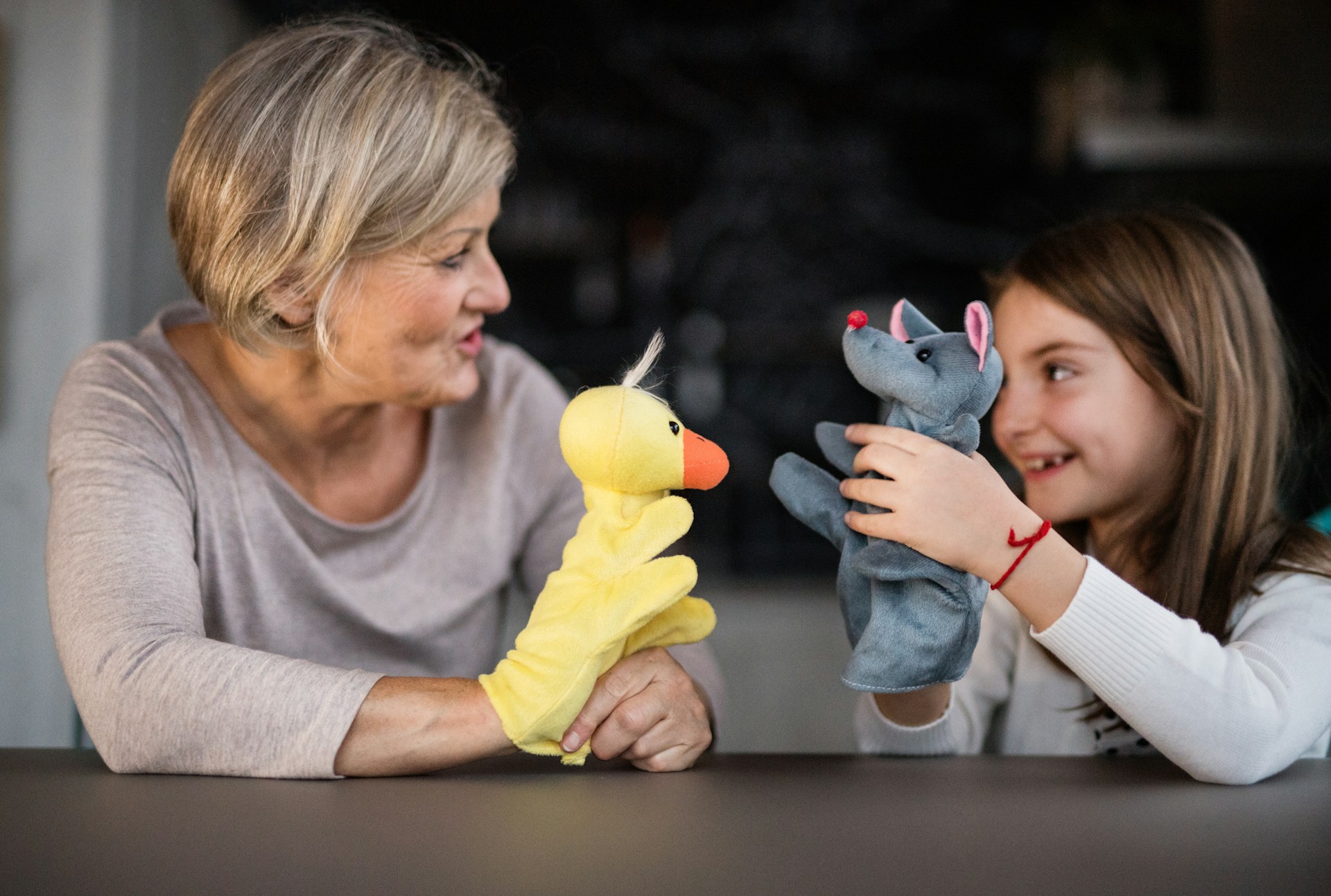Mastering Puppetry: Techniques and Performance Tips
Puppetry is a captivating art form that brings inanimate characters to life, creating a magical experience for audiences of all ages. Whether you’re a seasoned performer or a budding puppeteer, understanding the intricacies of puppet manipulation, voice work, and performance nuances can elevate your craft to new heights. In this blog post, we delve into essential puppetry techniques and offer insightful performance tips to help you enchant your audience – be it with marionettes, rod puppets, glove puppets or otherwise.
Puppet Manipulation: The Foundation of Puppetry
The cornerstone of any successful puppetry performance is the skilful manipulation of the puppet. This involves more than just moving the puppet around; it requires a deep understanding of how to convey emotions, reactions, and actions convincingly.
Basic Techniques
- Lip Synchronisation: Ensure that the puppet’s mouth movements align with the dialogue. Practise speaking the lines and coordinating the mouth movements to create a seamless effect.
- Eye Contact: Use the puppet’s head movements to simulate eye contact with the audience or other characters. This establishes a connection and makes the performance more engaging.
- Body Language: Every part of the puppet’s body can express emotion. Use subtle gestures like a tilt of the head, a shrug, or hand movements to convey feelings and reactions.
Advanced Techniques
- Breath Control: Mimic breathing to give your puppet a lifelike presence. Small movements of the torso can simulate inhaling and exhaling, adding depth to the character.
- Weight and Gravity: Make the puppet’s movements adhere to the laws of physics. A puppet should move as if it has weight and is affected by gravity, making actions like walking, jumping, and falling appear more realistic.
- Focus and Intention: Every movement should have a purpose. Ensure that your puppet’s actions reflect its thoughts and emotions, creating a coherent and believable character.
Voice Work: Bringing Characters to Life
A puppet’s voice is as crucial as its movements – it adds personality and enhances the storytelling experience. Here are some tips for effective voice work:
Finding the Right Voice
- Character Analysis: Understand your puppet’s personality, background, and role in the story. This will guide you in choosing a suitable voice.
- Experimentation: Try different pitches, tones, and accents. Record yourself and listen back to see what works best for your character.
Voice Projection and Clarity
- Projection: Ensure your voice is loud enough to be heard by the entire audience without straining your vocal cords.
- Diction: Articulate your words clearly. Practicing tongue twisters can help improve your diction and make your speech more precise.
Consistency
- Maintain the Character’s Voice: Once you’ve established a voice for your character, stay consistent throughout the performance.
- Emotional Range: Your puppet’s voice should reflect a wide range of emotions. Practise expressing different feelings through vocal modulation.
Performance Nuances: Creating an Unforgettable Experience
Beyond technical skills, the nuances of a performance are what truly captivate an audience. Here are some tips to refine your puppetry performance:
Engagement and Interaction
- Audience Interaction: Involve your audience in the performance – this could be through direct interaction or by making the puppet respond to audience reactions.
- Timing and Pacing: Pay attention to the timing of your movements and dialogue. Good pacing can enhance comedic moments, build tension, and keep the audience engaged.
Emotional Connection
- Empathy: Make your puppet’s emotions relatable. The more your audience can empathise with the character, the more impactful your performance will be.
- Storytelling: A compelling story is at the heart of every great puppetry performance. Ensure your narrative is clear and engaging, with a strong beginning, middle, and end.
Attention to Detail
- Props and Scenery: Use props and scenery to enhance the believability of your puppet’s world. They should complement the story and add depth to the performance.
- Costuming: Dress your puppet in costumes that reflect their character and the story’s setting. Attention to detail in costuming can significantly enhance the visual appeal.
Level up your puppetry skills today!
Puppetry is an art form that combines skill, creativity, and performance to create a unique and enchanting experience. By mastering puppet manipulation, honing your voice work, and paying attention to performance nuances, you can bring your characters to life in a way that captivates and delights audiences. Whether you’re performing with marionettes, rod puppets, or glove puppets, these techniques will help you create memorable and magical performances. Embrace the journey of puppetry, and let your creativity and dedication shine through every performance. Happy puppeteering!

